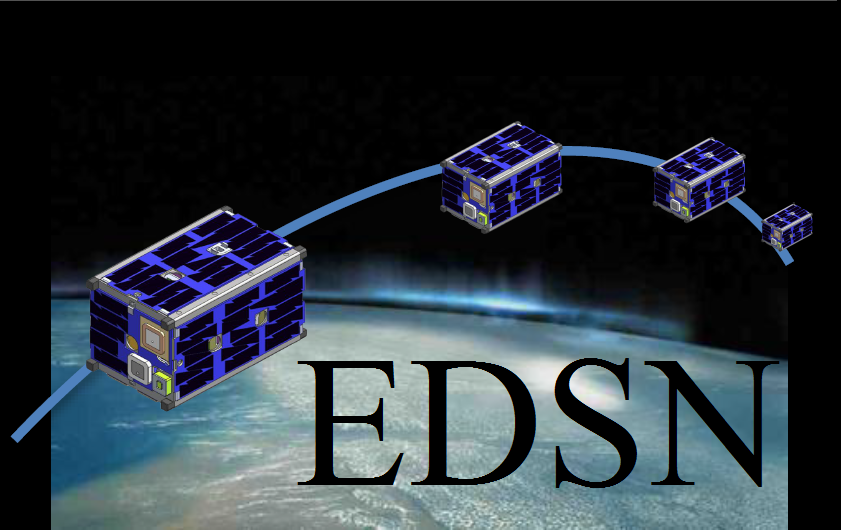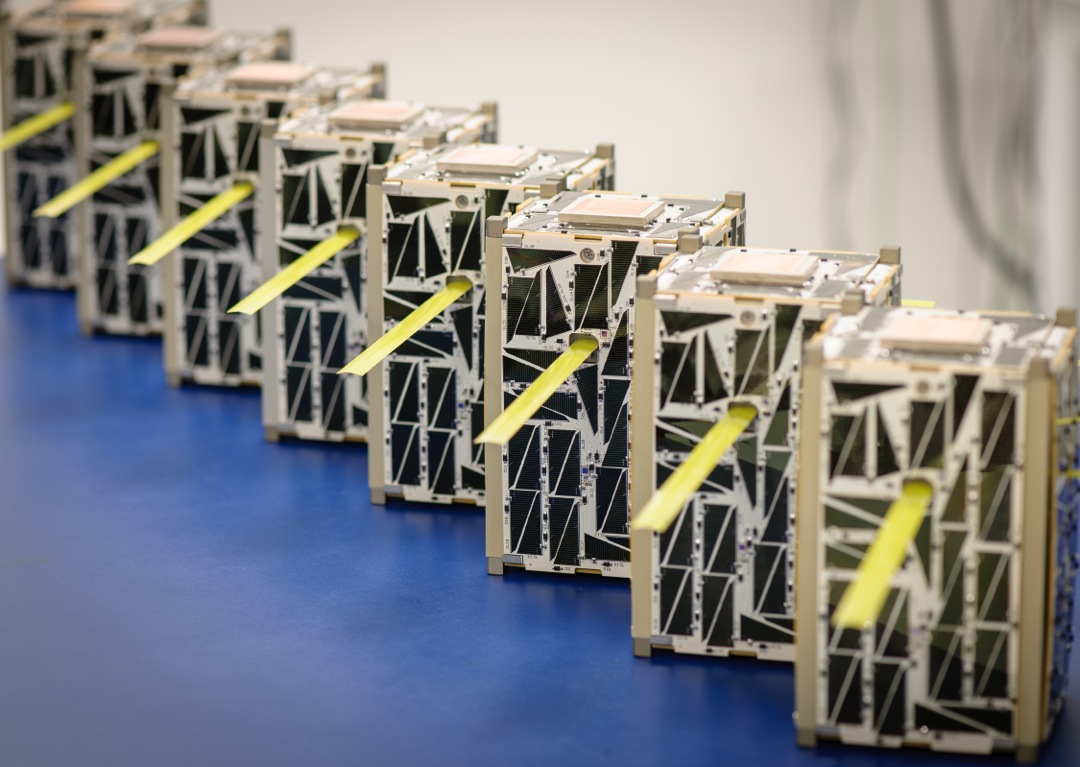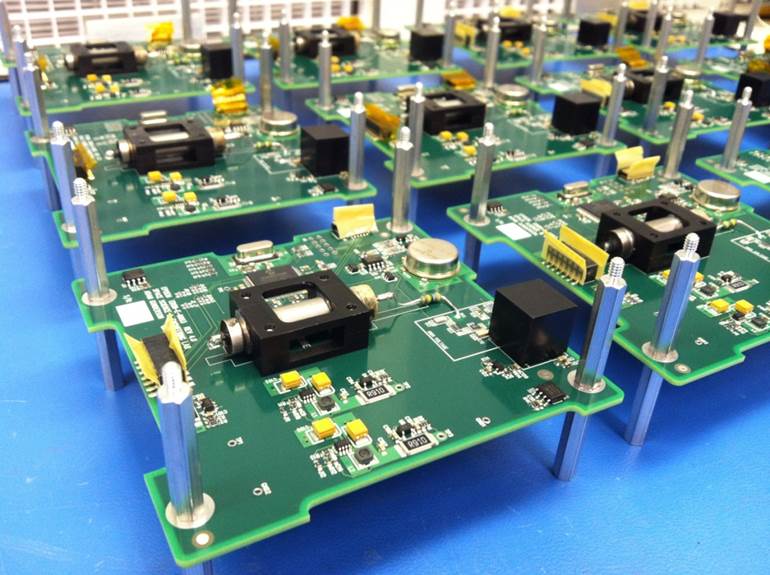EDSN
Edison Demonstration of Smallsat Networks

Mission Overview
The Edison Demonstration of Smallsat Networks (EDSN) mission sought to demonstrate the use of inter-satellite communications across a swarm of eight small satellites to collect and relay multipoint, scientific measurements from a loose formation orbiting about 500 km above Earth.

The Energetic Particle Integrating Space Environment Monitor (EPISEM) payload carried aboard the EDSN satellites was designed, built, tested, and delivered to NASA Ames by the Space Science and Engineering Laboratory at Montana State University. The EPISEM payload was to characterize the radiation environment in low-earth orbit (LEO) by measuring the location and intensity of energetic charged particles simultaneously over a geographically dispersed area. The EPISEM payload was specifically designed to be carried aboard CubeSats; leveraging heritage from the payload operating aboard Montana State University’s Hiscock Radiation Belt Explorer (HRBE), launched in October 2011. The EDSN project was based at NASA’s Ames Research Center, Moffett Field, California, and was funded by the Small Spacecraft Technology Program (SSTP) in NASA’s Office of the Chief Technologist (OCT) at NASA Headquarters, Washington. The launch of the EDSN satellites was scheduled for late 2014 on the DoD Operationally Responsive Space ORS-IV mission that will be launched into low Earth orbit from Kauai, Hawaii on a Super Strypi launch vehicle.

Spacecraft Overview
This project built twelve (12) EDSN spacecraft and will launch eight (8 spacecraft launched with 4 margin). Each spacecraft was a 1.5U CubeSat including the payload. The spacecraft was deployable from the launch vehicle as a secondary payload on a low cost ELV of opportunity using a standard NLAS Wafer for deployment.
Status:
The eight EDSN spacecraft were lost in a launch failure of the experimental Super Strypi launch vehicle on November 3, 2015. The U.S. Air Force issued the following statement:
"The ORS-4 mission on an experimental Super Strypi launch vehicle failed in mid-flight shortly after liftoff at 5:45 p.m. Hawaii Standard Time (7:45 p.m. PST; 10:45 p.m. EST) today from the Pacific Missile Range Facility off Barking Sands, Kauai, Hawaii. Additional information will be released as it becomes available." EDSN NASA LINK
Some of the objectives of the EDSN mission in a follow-on mission called Nodes. Nodes launched in December 2015 and reached end-of-life in June 2016.
